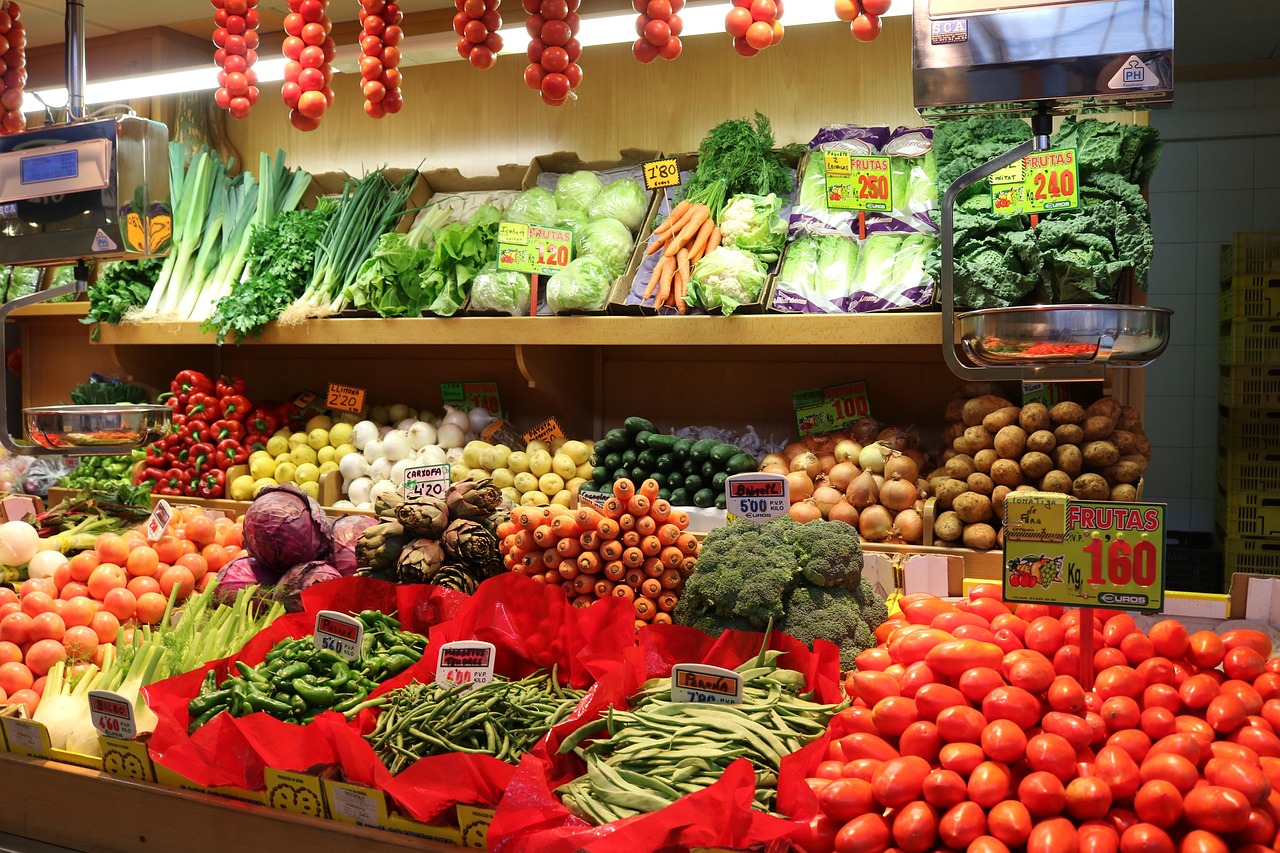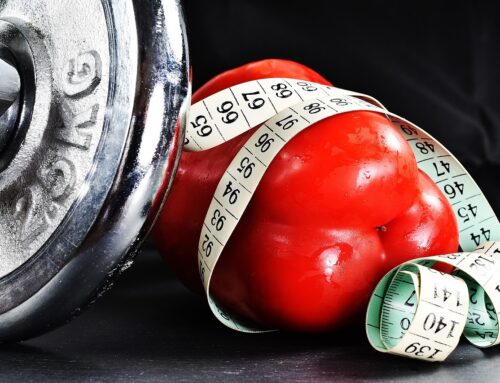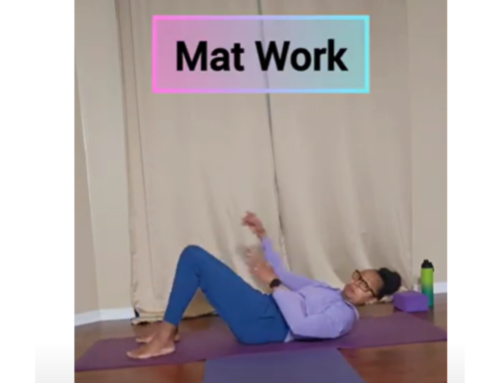For thousands of years, our bodies were designed to do one thing exceptionally well — survive. Food wasn’t always plentiful, so our ancestors’ bodies learned to store fat whenever food was available and slowly release that energy during times of scarcity.
Even though food is now abundant, especially ultra-processed convenience foods, our bodies still respond like they did centuries ago — holding onto extra calories, just in case. And today’s processed foods, packed with refined sugar, preservatives, and artificial ingredients, are foreign to the way our bodies were designed to process food. This disconnect can leave us feeling sluggish, bloated, and out of balance.
Even whole foods have changed over time. For example, many of the fruits and vegetables we eat today have been selectively bred to be larger, sweeter, and more shelf-stable than they were just a few decades ago. While this makes them more appealing and easier to store. it also means some produce contains more natural sugars and fewer nutrients than their wild ancestors.
Grains have also changed — modern wheat has been hybridized to improve yields, but the result is a grain that’s higher in gluten and starch than older varieties, which can affect how our bodies digest and respond to it.
It’s a reminder that even when we choose whole foods, the quality and nutritional content can vary depending on how they’re grown, processed, and even stored.
Back to Basics: Building a Balanced Plate
One simple way to nourish your body the way it was designed is to rethink your plate.
Picture your plate as a whole circle — like a pie (but healthier!).
- Cut that circle in half — fill that half with colorful vegetables (the more variety, the better!).
- For the other half, it depends on your protein choice:
~ If you’re eating lean meat, poultry, or seafood, aim for about 1/4 of the plate for protein and 1/4 for whole grains (like brown rice, quinoa, or sweet potatoes).
~ If you’re eating plant-based protein (like beans, tofu, tempeh, or lentils), you may need a bit more to meet your protein needs – about 1/3 of the plate for plant-based protein, and a small portion of whole grains, about 1/6 of the plate.
Whether you eat animal protein or plant-based, the focus is always on balance and variety, not perfection. The more colorful, diverse, and whole your plate is, the more nutrients you’re giving your body to thrive.
—
Portion Hack: Use Smaller Plates
If you’ve ever eaten off a big plate and felt stuffed, you’re not alone. Using a smaller plate naturally helps with portion control — our minds see a full plate and feel satisfied, even if the actual amount of food is smaller.






Leave A Comment